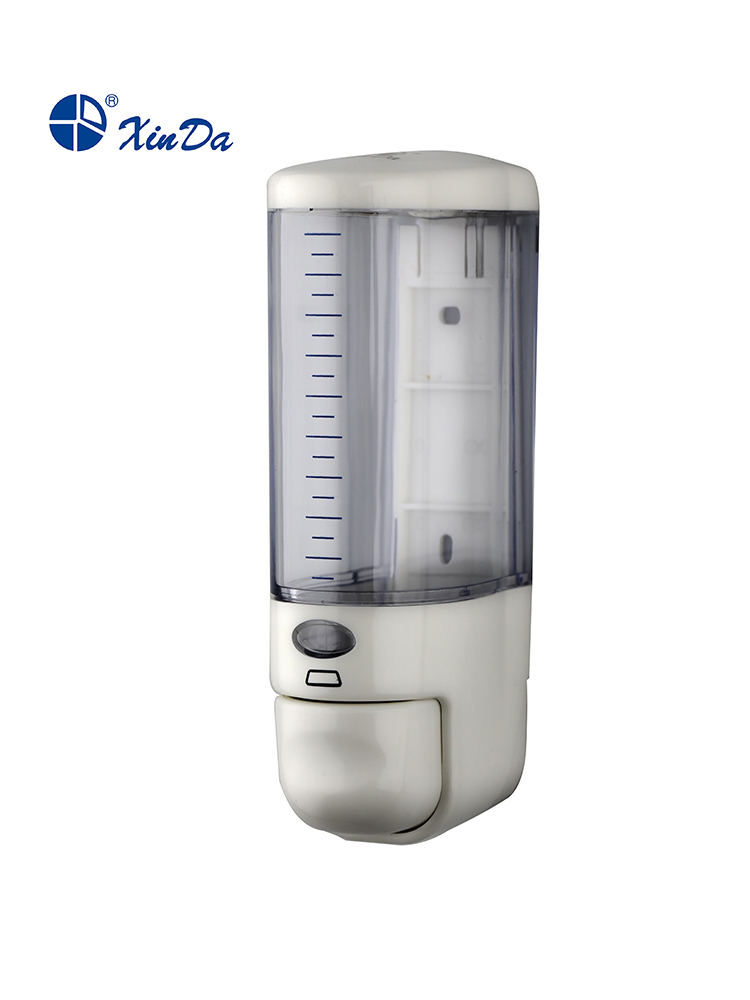With the wide application of LED, the problem of LED heat dissipation has been paid more and more attention. The heat dissipation performance of LED will directly affect the life of LED products.
Misunderstanding analysis of LED heat dissipation
The misunderstanding of LED heat dissipation is mainly reflected in the following aspects:
1. Internal quantum efficiency is not high
That is, when electrons and holes recombine, photons cannot be generated 100%, and it is generally called "current leakage" to lower the recombination rate of carriers in the PN region. The leakage current multiplied by the voltage is the power of this part, which is converted into heat, but this part does not occupy the main component, because the internal photon efficiency is now close to 90%.
2. The internally generated photons cannot be completely emitted to the outside of the chip and finally converted into heat.
This part is the main one, because the current external quantum efficiency is only about 30%, and most of it is converted into heat.
3. Excessive dependence on thermal materials
Because of the high-tech materials used, the heat can be dissipated. Its practical ordinary aluminum heat dissipation, after repeated tests, the temperature of the heat sink is only 3-5 degrees Celsius higher than the bottom of the radiator. That is to say, if a material with excellent thermal conductivity can be used, the temperature can be lowered by 3-5 degrees Celsius when the thermal resistance is zero.
4. Superstition heat pipe
The heat pipe has a good thermal conductivity, which is beyond doubt. But the heat that is derived from the heat sink eventually needs to go tropical through air convection. If there are no fins that dissipate heat, the heat pipe will soon reach thermal equilibrium and the temperature will rise with the heat sink. If you add heat sink fins to the heat pipe, you will eventually use fins to dissipate heat. Moreover, the contact points of the fins and the heat pipes are not as good as other methods. The result is a high cost and no improvement in heat dissipation. However, it is useful to use heat pipes on integrated LEDs, but it must be structurally sound!
5. Believe in some manufacturers of nano-radiation materials
Radiation heat dissipation is negligible in the current temperature of LED lamps at around 50 degrees Celsius. The radiation coatings promoted by the manufacturers have a good radiation effect even if they are advertised, even if they reach the radiation capacity of black body radiation, the heat dissipation proportion is only a few percent. Moreover, the coating itself hinders the heat transfer, which affects the heat dissipation of the convection.

How to deal with LED heat dissipation problems
Let's take a look at the solution to the LED heat dissipation problem.
Solution 1, aluminum fins
This is the most common form of heat dissipation, with aluminum fins as part of the enclosure to increase heat dissipation.
Scheme 2, thermal plastic shell
The use of LED insulated heat-dissipating plastic instead of aluminum alloy to make the heat sink can greatly improve the heat radiation capability.
Option 3, aerodynamics
The use of the shape of the lamp housing creates convective air, which is the lowest cost way to enhance heat dissipation.
Scheme 4, liquid bulb
The liquid bubble encapsulation technology is used to fill a transparent liquid with a high thermal conductivity into the bulb of the lamp body. This is the only technology that uses the light-emitting surface of the LED chip to conduct heat and dissipate heat in addition to the principle of reflection.
Scheme 5, the use of the lamp holder
In household-type smaller-power LED lamps, the internal space of the lamp cap is often used to partially or completely put the heat-generating drive circuit. This makes it possible to dissipate heat from a lamp cap having a large metal surface such as a screw cap because the lamp cap is in close contact with the metal electrode of the lamp holder and the power cord. Therefore, a part of the heat can be derived from heat dissipation.
Scheme 6, insulating heat-dissipating plastic instead of aluminum alloy
The insulating heat-dissipating plastic replaces the aluminum alloy to make the heat sink. The LED-insulated heat-dissipating plastic improves the heat radiation capability by 4-8 times while maintaining the heat-dissipating ability and the aluminum alloy. The LED heat sink made of this heat dissipating material can greatly improve the overall heat dissipation effect.
Scheme 7, integration of heat conduction and heat dissipation--application of high thermal conductivity ceramics
The purpose of heat dissipation of the lamp housing is to reduce the operating temperature of the LED chip. Since the expansion coefficient of the LED chip is very different from the commonly used metal heat conduction and heat dissipation material expansion coefficient, the LED chip cannot be directly soldered to prevent high and low temperature thermal stress from damaging the LED chip. The latest high thermal conductivity ceramic material, the thermal conductivity is close to aluminum, and the expansion system can be adjusted to synchronize with the LED chip. In this way, heat conduction and heat dissipation can be integrated to reduce the intermediate part of heat conduction.
Soap Dispenser, also called soap dispenser and soap dispenser, is characterized by automatic and quantitative hand sanitizer. This product is widely used in public toilets. Avoid contact and use soap to clean your hands and other hygiene, which is very convenient and hygienic. In terms of function, the Sensor Soap Dispenser can be divided into two functions: with lock and without lock. It is more appropriate to choose a lockless soap dispenser in hotel rooms. Hotel toilets can be locked to prevent waste of soap. The size of the soap dispenser determines the amount of soap that can be filled, this can be based on the actual needs of the hotel, choose a suitable size product.
The Wall Mount Soap Dispenser generally includes a liquid tap fixed on the countertop, a soap bottle set under the countertop, a liquid discharge mechanism for pumping out the soap in the soap bottle, and a pressure button for driving the liquid discharge mechanism. Wait. Generally, the soap dispenser is matched with the sink and installed near the tap of the sink. When installing the soap dispenser, you need to check whether the sink has a soap dispenser hole, otherwise it cannot be installed.
There are many types of Touchless Soap Dispenser. There are also many colors of soap dispensers. Different colors of soap dispenser can be selected according to different places. The standard stainless steel color of soap dispenser can generally be divided into stainless steel bright color and stainless steel wire drawing color. The bathroom in five-star hotels chooses stainless steel bright color, and high-end clubs can choose stainless steel red.
Soap dispensers are mainly used in star hotels, restaurants, hotels, public places, hospitals, airports, home furnishings, pharmaceuticals, food, chemicals, electronics, high-end office buildings, large shopping malls, large entertainment venues, large banquet halls, hot spring resorts, kindergartens, For schools, banks, airport terminals, families, etc., it is your ideal choice for pursuing a noble and elegant life!

Soap Dispenser
Sensor Soap Dispenser,Touchless Soap Dispenser,Wall Mount Soap Dispenser,Refillable Soap Dispenser
Taishan Jie Da Electrical Co., Ltd , https://www.ts-jieda.com